The present work strives to reflect through the prisms of coins-the forces at work in the realm or religion and culture in early north Indian history. The extraordinary assimilated genius of India in imprinted on her coins struck throughout the ages, stretching from its genesis to the modern times. The study is primarily concerned with early north Indian coinage highlighting the religio-cultural scenario. It includes the history as reflected on the Punch-marked, Tribal or Local or Janapada, Indo-Greeks, Scytho-Parthian, Kushana, Gupta and Post-Gupta coinages and the Rama-Tankas. An in-depth analysis of beautiful and artistic tiny metallic pieces is bound to unveil a magic in the minds of the researchers. In fact, the study of coins, by and large has concentrated on the chronology of coins, their relationship with political power and the geographical space of the findings, but the work under review offers adequate light on the artistic form of the coins, both figurative and also abstract motifs. A large number of relevant photographs of the coins have been illustrated in the plates portraying the complex cultural and ethnic set-up of the space and time. Moreover, men and women of various social and economic strata of life-kings and aristocrats, courtly and fashionable ladies of high society, foreigners (Greeks, Parthians, Sakas, Kushanas, etc.) with their distinctive ethnic and/or facial features, costumes and dress, ornaments, hair decoration etc., are richly represented. Besides historical information, these pieces disseminate an index of secularism where various races and ethnic groups holding apparently different religious faiths and beliefs, rites and rituals could maintain peaceful co-existence. This idea is powerfully brought home while analyzing the bearings of the images and icons on the Rama tankas issued by the rulers as well as the religious or monastic heads of different ethnic groups.
Coins and Culture of Early North India
Add to favorites
Contents
$73.80
$82.00
In stock
Free & Quick Delivery Worldwide
All orders amounting to US$ 50 or more qualify for Free Delivery Worldwide. For orders less than US$ 50, we offer Standard Delivery at $14 per book.
ABOUT THE AUTHOR Pranabananda Jash
Professor Pranabananda Jash (b. 1943) received his under-graduate and post-graduate degrees in Ancient Indian History and culture, from Visva-Bharati, Santiniketana (India). Author of a number of research papers on various aspects of Indian and South-East Asian History and Culture, he received the degree of Doctor of Philosophy for this thesis entitled Saivism from the early Pauranic and Epigraphical Sources in 1971, and later in 1984, earned the highest academic degree of the University, Doctor of Literature for his outstanding research work on the History and Evolution of Vaisnavism in Eastern India (1982). Some of his other publications are – History of Saivism (1974); Some Aspects of Jainism in Eastern India (1989); History of the Parivrajakas: Sankaracarya (1991). More over, he has edited several volumes, noteworthy among them are – Society and Religion in Ancient India (Sudhakar Chattopadhyaya Commemoration Volume, 1984); The Emperor and the Subordinate Rulers (1982); The Mother Goddess Worship (1987); Indology and Science: A Hermeneutical Coalition (1989); A Peep into Nineteenth Century Poetry (1989). National Integration: Vision of a Poet (1995); National Integration: Problems in Perspective (1995). Professor Jash has completed a couple of research projects sponsored by the UGC and the University of Visva Bharati. He has occasions to deliver lectures at a number of Indian and foreign universities and/or academic institutions. He has been teaching in the Department of Ancient Indian History, culture and Archaeology, Visva Bharati, since 1971.
reviews
0 in total
Review by Anonymous
Be the first to review “Coins and Culture of Early North India” Cancel reply
You must be logged in to post a review.
Bibliographic information
Title
Coins and Culture of Early North India
Author
Edition
1st ed.
Publisher
Pratibha Prakashan, 2008
ISBN
9788177021737
Length
xvi+115p., Plates; Notes; References; Bibliography; Index; 26cm.
Subjects
more by Pranabananda Jash see more
Perspective of Buddhist Studies (Giuseppe Tucci Birth Centenary Volume, Indo-Tibetan Studies Series
The present volume ...
$34.20
$38.00
similar bookssee more
Indo-Russian Relations in the Post-Cold War Period: 1991-2003
This book makes an honest ...
$28.80
$32.00
History of the Rise of the Mahomedan Power in India (In 4 Volumes)
Mahomed Kasim Shah Ferishta, ...
$61.20
$68.00

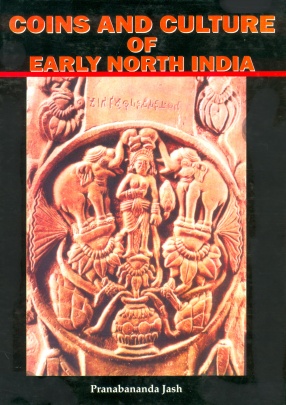
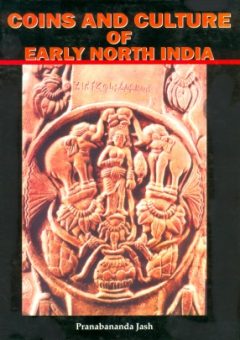
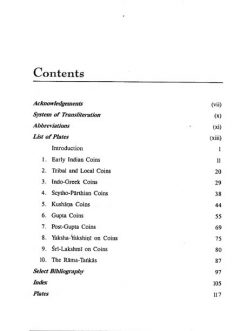
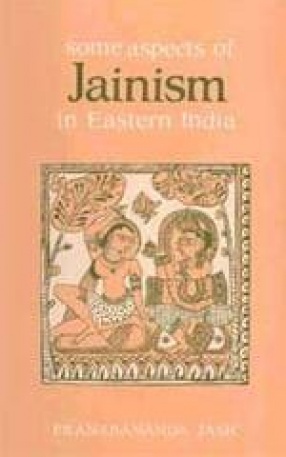
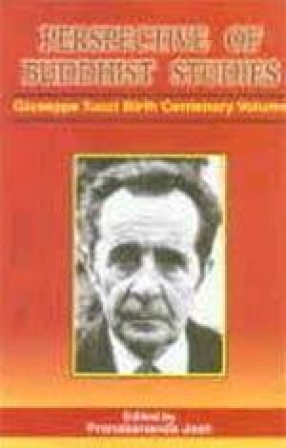
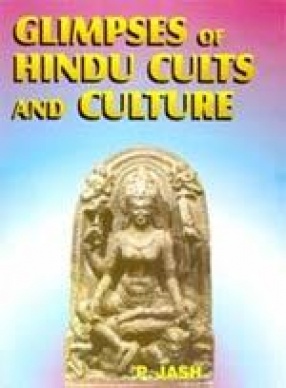

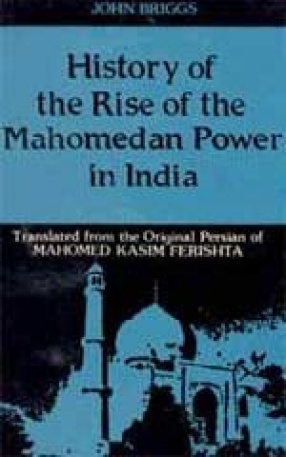
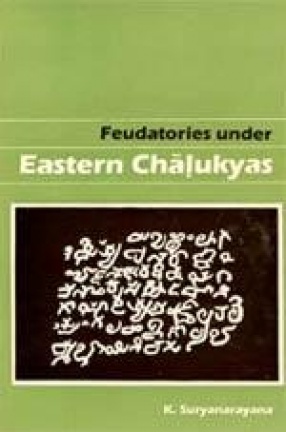
There are no reviews yet.